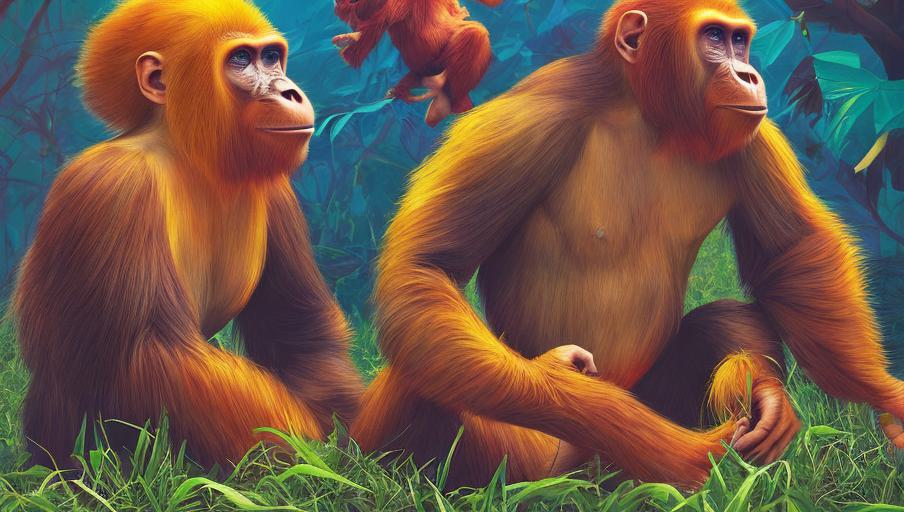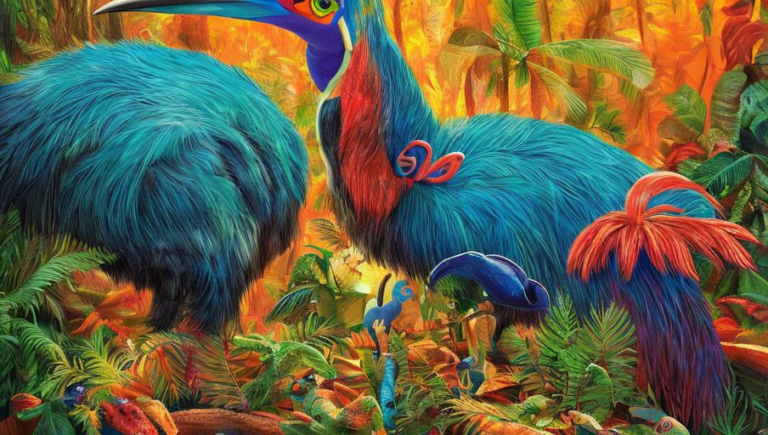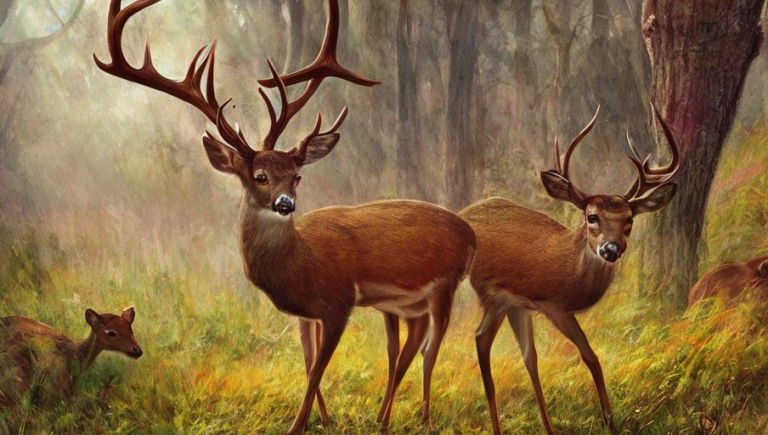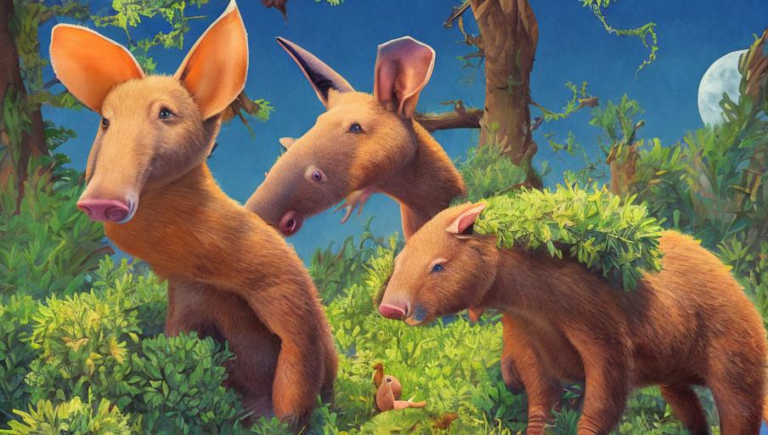Evolution of Apes

The Origin of Apes
Apes are a group of primates that belong to the superfamily Hominoidea. This superfamily includes monkeys, gibbons, and humans, with the most well-known one being the great apes. The common ancestor of all living apes lived in Africa and is thought to have emerged around 20 million years ago. From there, the evolutionary history of apes is divided into two main branches; the first being the African apes, which include the gorillas, chimpanzees, and bonobos, and the second being the Asian apes, which include the gibbons and siamangs. This is known as the “Ape Radiation”, which was a period of rapid diversification of the different species.
The Adaptation of Apes
In order to adapt to their environment, apes evolved a variety of physical and behavioral traits. One of the most noticeable physical traits is their large size, which allows them to reach food that is out of reach of smaller primates. They also have strong arms and legs which help them climb trees and move through their environment. Apes also have hands with opposable thumbs that allow them to grasp objects and manipulate them. This is an important trait for tool use and building nests. Additionally, apes have larger brains than other primates, which allows them to think more complexly and use tools.
Behavioral Traits of Apes
Apes also have several behavioral traits that separate them from other primates. They have the ability to learn and use language, and some species have even been taught sign language. Apes also have strong social bonds, with some species living in large family groups. They also show empathy towards each other, and use grooming and touch to show affection. Apes are also able to recognize themselves in a mirror, a trait that is only seen in a few other species. Finally, apes have the unique ability to recognize and remember faces, an important trait for social interactions.
Apes in the Modern World
Today, apes are facing a number of threats due to human activity. The destruction of their natural habitats and poaching are the main threats to their existence. Conservation efforts are being made to protect apes, but more must be done to ensure their survival. It is important to remember that apes are our closest relatives and that it is our responsibility to ensure that they are not pushed to the brink of extinction.
Conclusion
Apes are an incredibly fascinating and complex group of animals. They have adapted to their environment in a variety of ways, and have evolved a variety of physical and behavioral traits. Unfortunately, they are also facing a number of threats due to human activity. It is important to remember that apes are our closest relatives and that it is our responsibility to ensure that they are not pushed to the brink of extinction.




